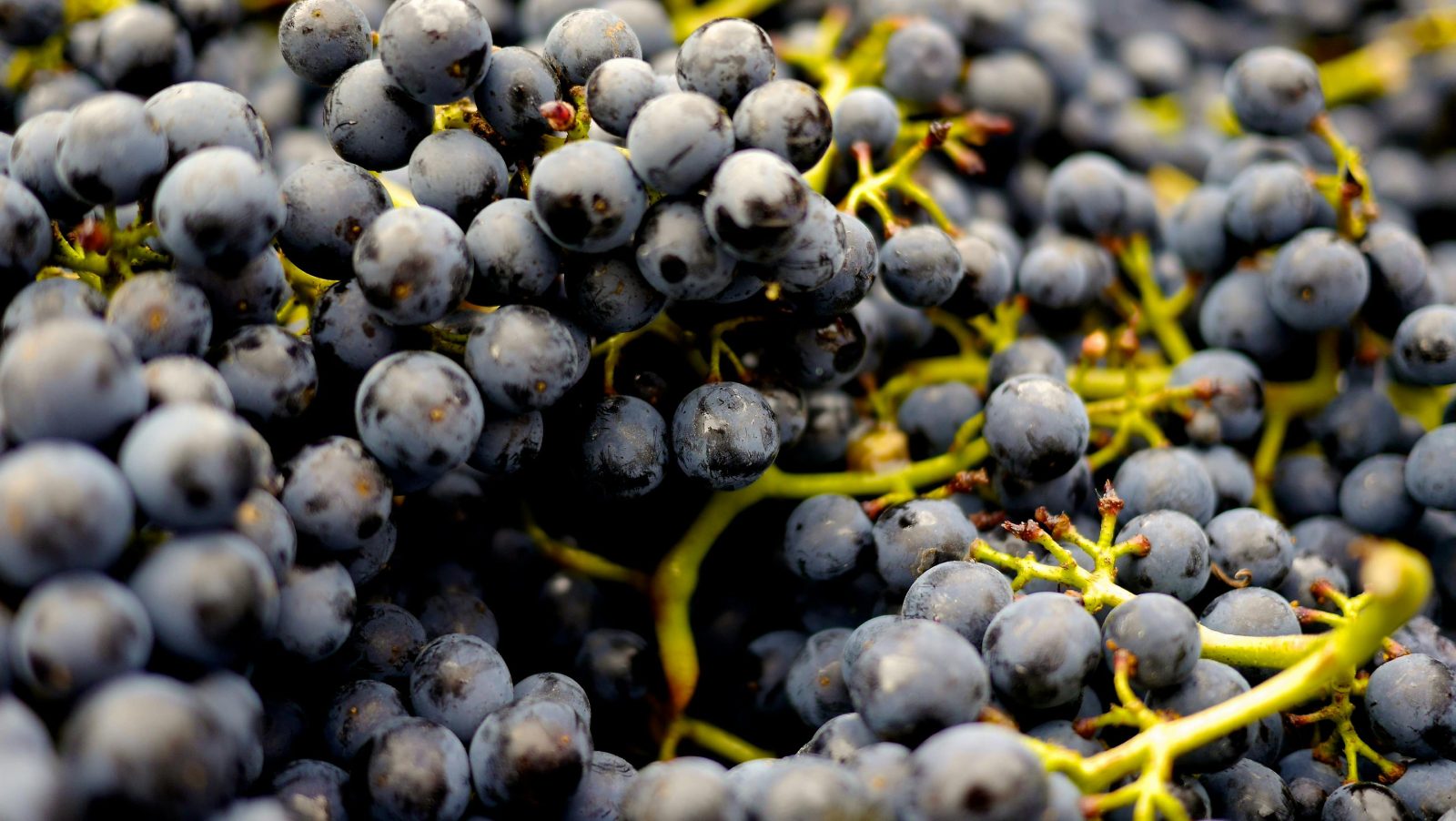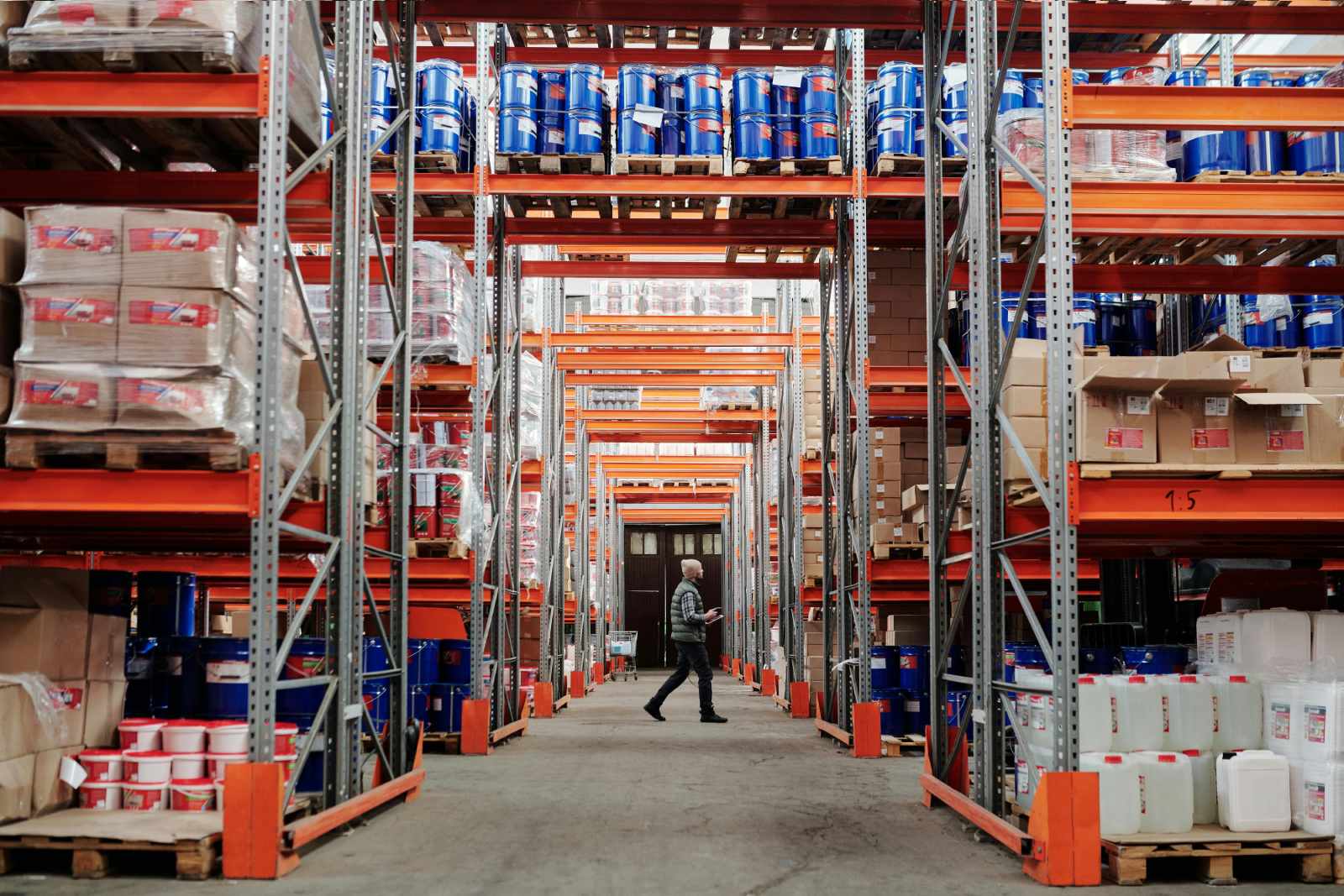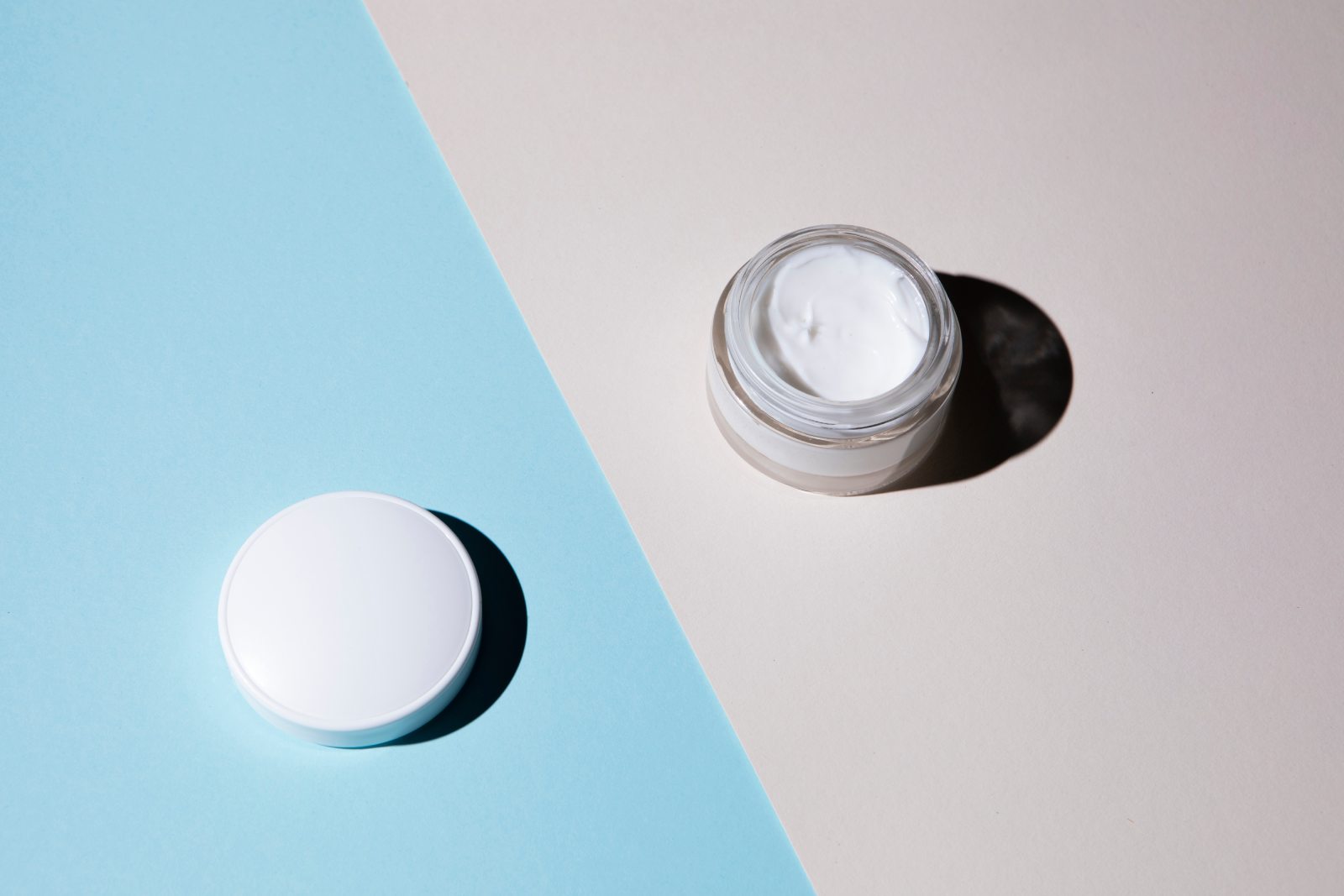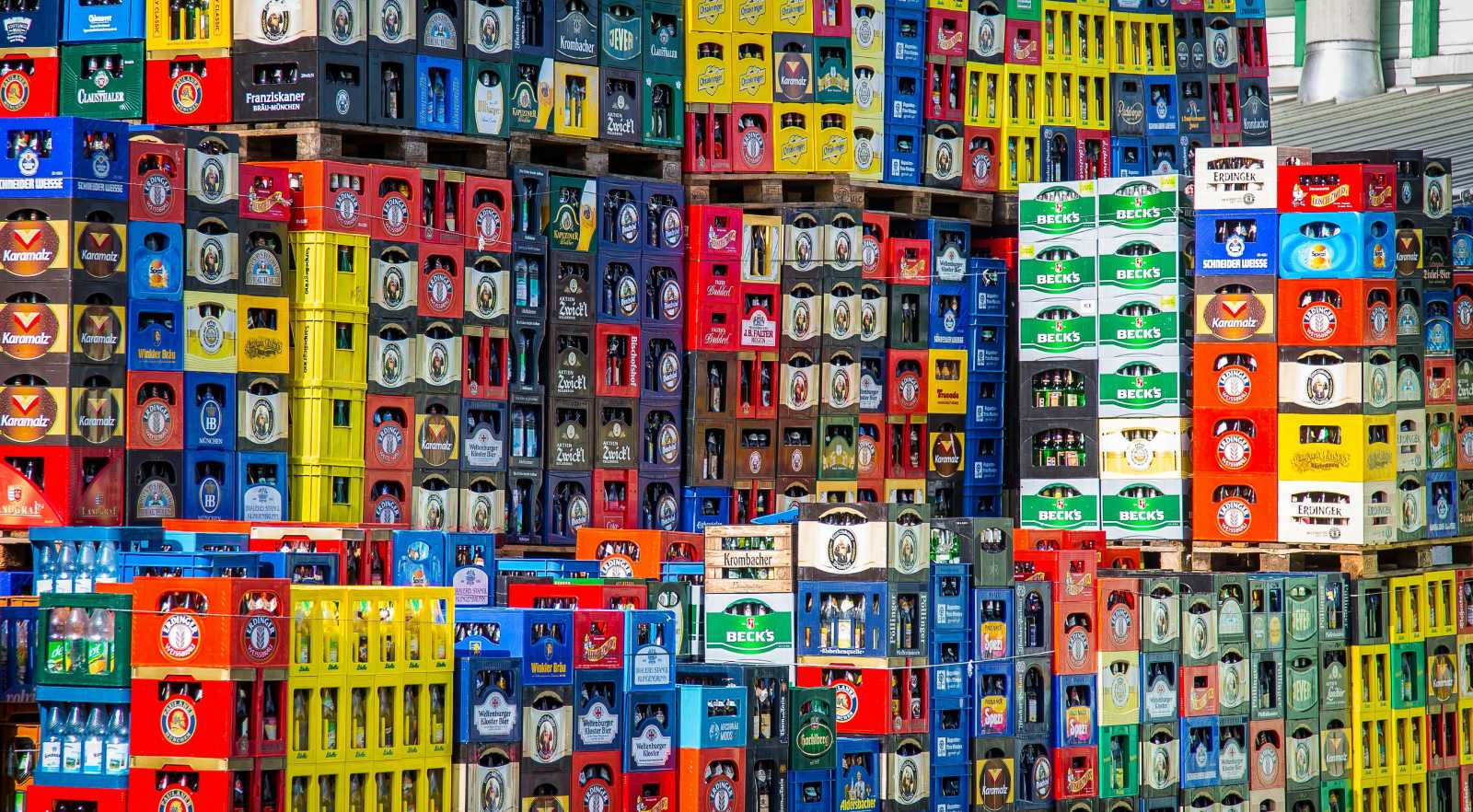European wine label requirements
The wine industry is undergoing a significant transformation.
Gone are the days of questionable wine additives – as of December 8, 2023, EU Regulation 2021/2117 wine requires producers to comply with stricter labelling rules designed to enhance transparency, protect consumers, and foster sustainability.
This means more informative wine labels that provide insight into nutritional content and environmental impact.
EU wine ingredient labelling: Nutritional Values and Ingredient Disclosure
More Wine supply chain Transparency for Consumers
Consumers will finally get a clear picture of what their glass of wine contains — they can finally sip confidently.
Energy declaration labelling on wine bottles
From now on, caloric content (kcal and kJ per 100 ml) must be displayed directly on the wine label, ensuring that consumers are fully aware of the wine energy value of their wine choices.
Ingredients and Nutritional labelling for wine via QR Codes
To prevent excessive clutter while maintaining wine transparency, detailed ingredient lists, and complete nutritional information will be accessible via QR code drink tracking.
This method not only provides flexibility for updates but also reduces paper waste.
Allergen Transparency & Wine additives disclosure
Wine additives and wine allergens must now be declared, ensuring consumers have transparency into such ingredients.
This is a significant step toward improving safety and trust in EU wine labelling.
Recycling and Sustainable beverage tracking: Environmental Labelling
A Push Toward Beverage Sustainability
Beyond transparency, these new EU wine labelling regulations place a strong emphasis on eco-conscious practices within the EU wine industry.
Recycling Guidelines on wine Labels
Wine labels must now include clear disposal instructions for the bottle, cork, capsule, and label, helping consumers make responsible recycling choices.
Smart packaging traceability Initiatives
There is an increasing push for recyclable and low-impact wine packaging.
Producers are encouraged to adopt materials that align with the EU’s sustainability goals, such as biodegradable corks and lightweight glass bottles.
Carbon Footprint and wine Production Transparency
Some wineries are already including sustainability declarations on their wine labels, voluntarily sharing information about the environmental impact of their wine production process. This move is likely to appeal to eco-conscious consumers looking for brands that prioritize sustainability.
Impact of the new EU wine labelling rules on Wine Producers
Wine labelling compliance EU Requirements
These EU wine labelling rules mean that wine producers will need to revise their labels and invest in compliance efforts, particularly in incorporating QR codes for ingredient disclosures and updating wine packaging materials to meet sustainability guidelines.
According to the European Oenological Code, the following information must appear on the paper label:
- Name of the wine
- Geographical area or region of origin
- Classification acronym (in Italy DOP, DOCG, IGP, IGT) or category of membership, in the absence of a specific classification
- Bottler and location
- Alcohol content
- Quantity of wine in the bottle, expressed in litres, centilitres or millilitres
- Batch
- Wording “contains sulphites” for wines with more than 10 mg/litre of sulphur dioxide
Wine labelling regulations: Opportunities for Branding & Market Positioning
While these changes require an initial investment, early adopters can leverage them as a branding opportunity.
Producers that align with transparency and sustainability trends will appeal to a growing market of eco-conscious and quality-focused consumers.
Consequences of Non-Compliance
Wine producers who fail to comply with these new European wine label requirements risk fines and potential restrictions in the wine EU market.
The regulation serves as both a challenge and an opportunity.
Those who adapt quickly can gain a competitive advantage, while those who resist may face serious business setbacks.
Wine labelling laws Europe: Next Steps
The new EU wine labelling rules overhaul marks a significant shift for the industry.
While it presents some hurdles for wine producers, it ultimately leads to greater consumer clarity and engagement (the consumer is in fact today more aware), less waste, and stronger commitments to sustainability.
Rather than seeing these wine label regulations as a burden, wineries should embrace them as a way to enhance their brand image and build trust with consumers.
What’s next? Learn how to adapt to these new standards in our next article.
Read More: Regulation (EU) 2021/2117 Compliance Guide: How Wineries Can Adapt to the New Labelling Standards.







